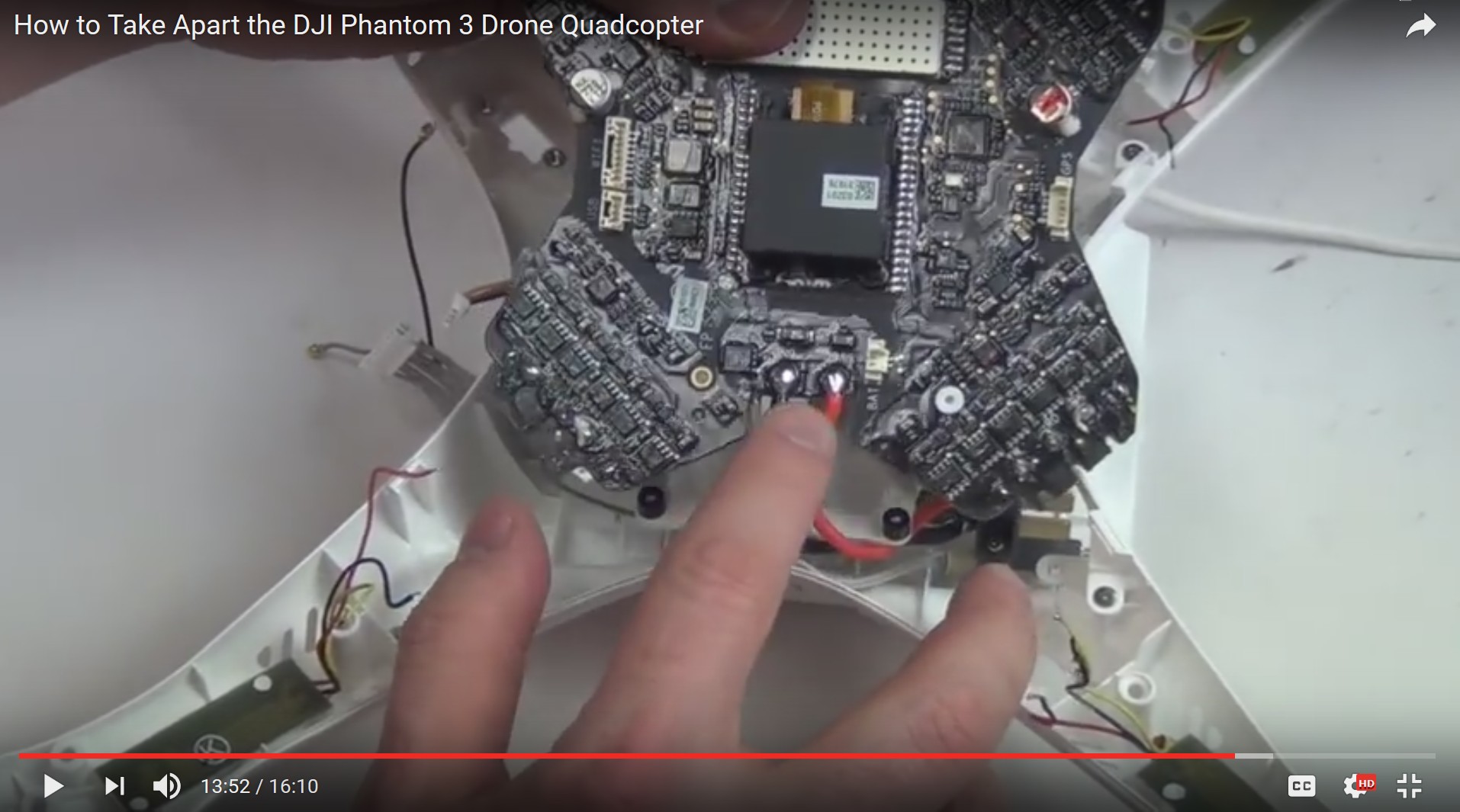The boards are already coated. You will likely be ready for an upgrade before the salt kills your AC, I have done 100's if flights below 100ft directly over the ocean and beaches, including most flown early morning when you can taste the salt in the air.
Hi,
I am a newbie in the forum and with drones for that matter.
I am a whale researcher and we just bought a P3S for two main applications: taking aerial photos of whales for animal measurements (photogrammetry) and to collect whale blows (also called whale snot). I have two worries: 1) that the whale blow will get into the electronics and slowly (or quickly) damage it; and 2) that the drone gets a dunk and dies.I've seen lot of videos and forum discussions and learned about coating electronics and using floating skids (either DIY or commercial).
I was actually planning to disassemble the drone and apply a dielectric coating (Nanoprotech). However, watching this video (
) I became suspicious there was already a coating:
Long story short, I found this thread and comment by "With the birds" that confirmed my suspicions. after this long intro (sorry), the real questions:
1) do you think that this coating will withstand salty moisture from whale blows?
2) do you think that if the drone takes a dunk, it is safe to wash it with fresh water and then let it dry?
3) you mention that you fly a lot over water; do you use some flotation skids?
Looking forward to have your thoughts,
best
rui








